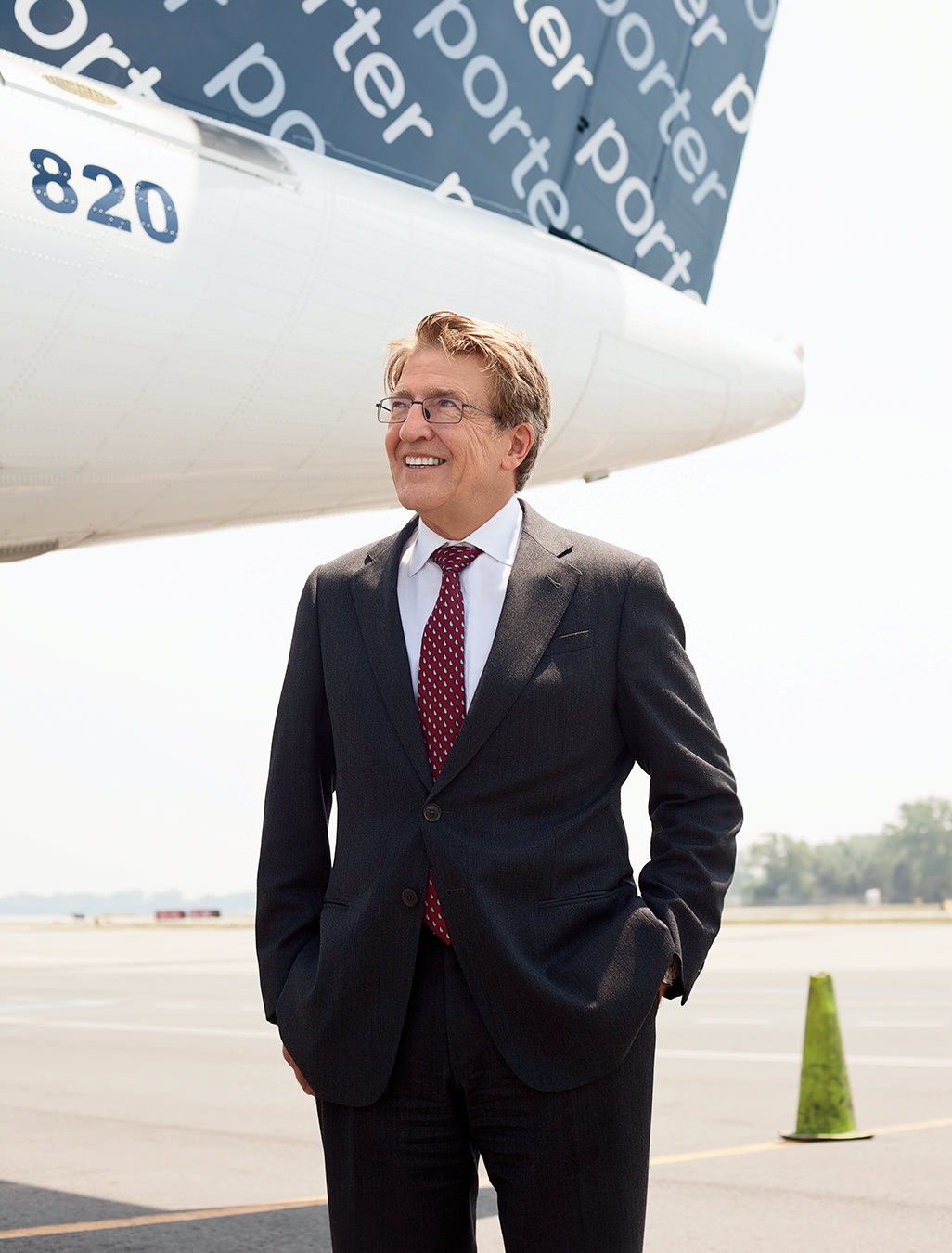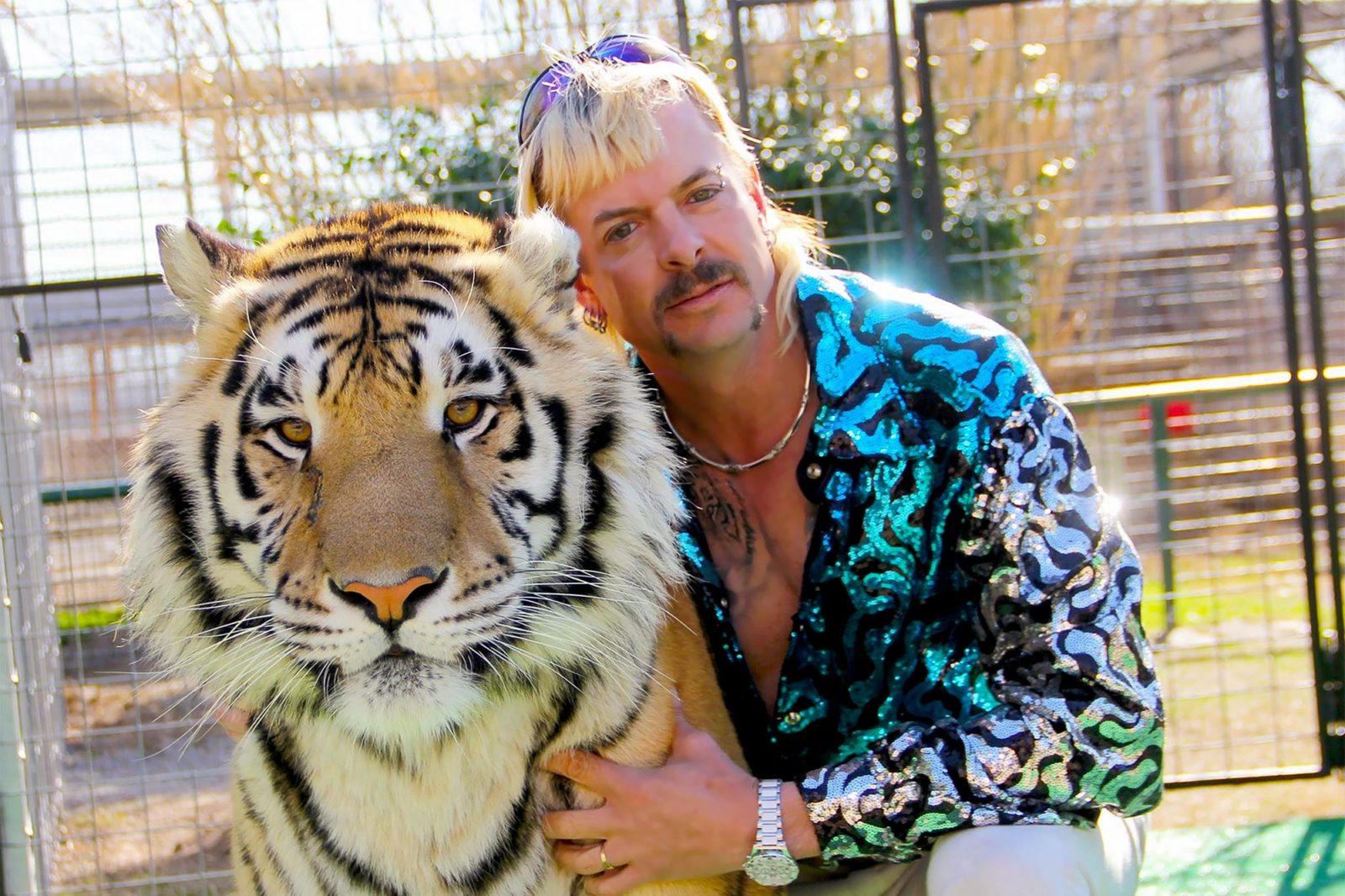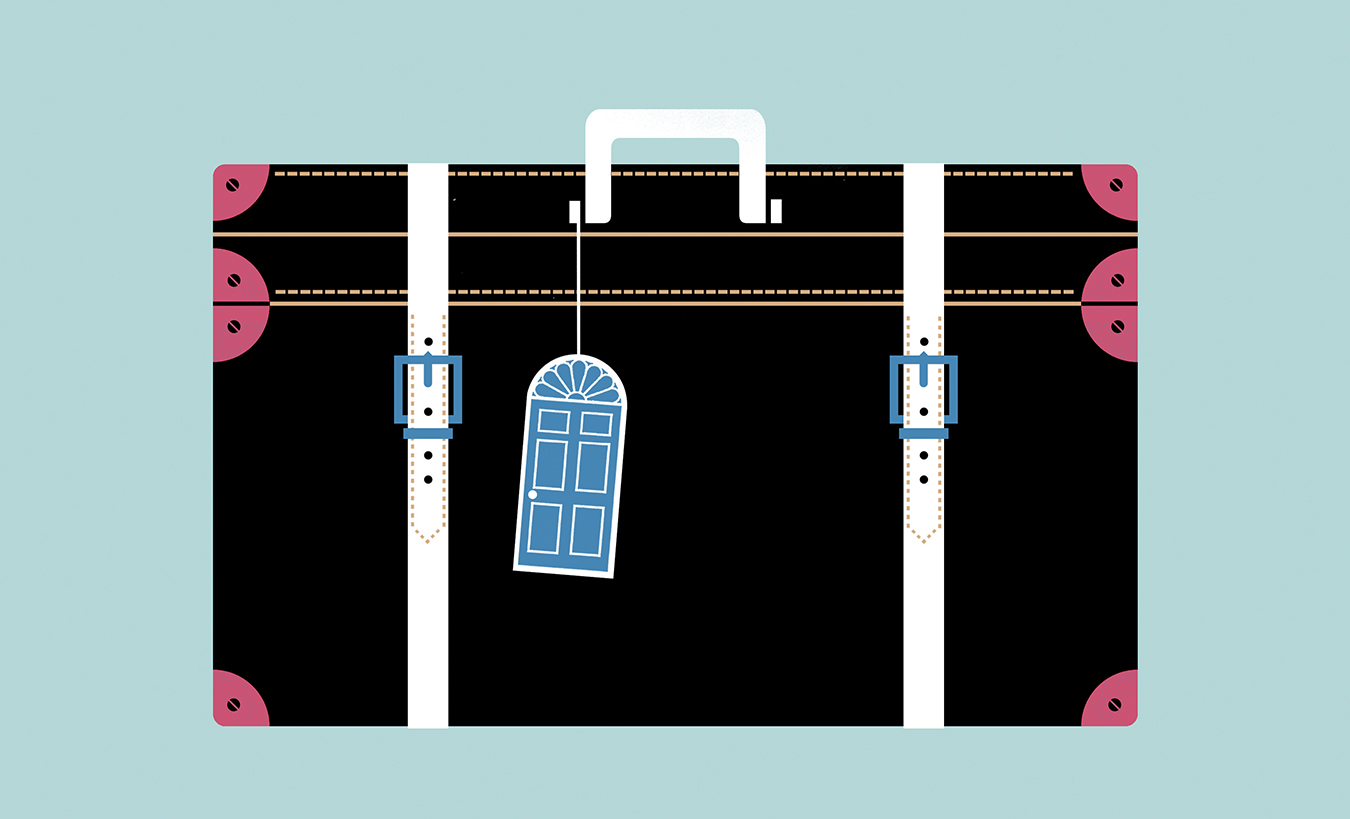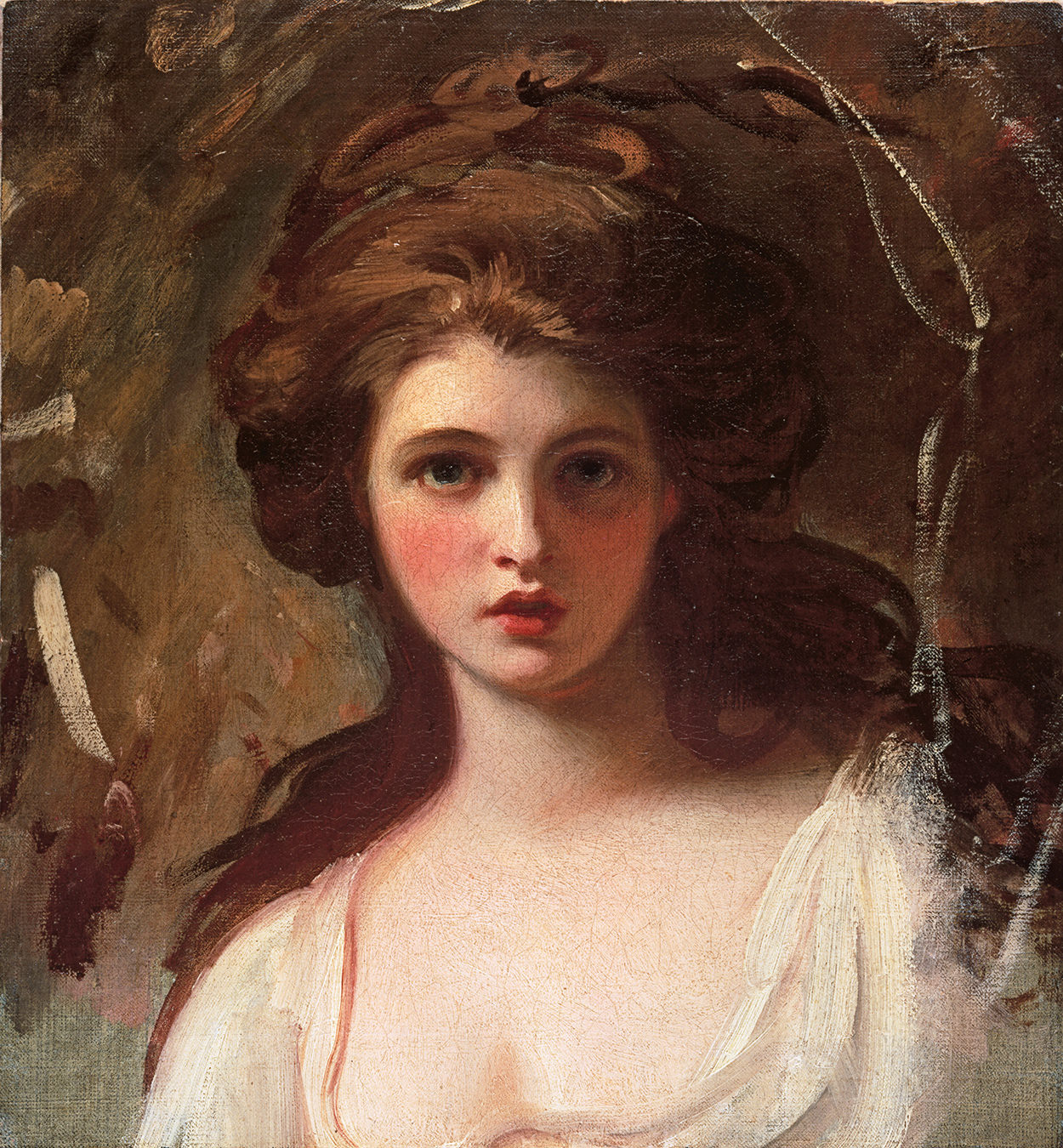Scalawags: Samuel Franklin Cody
Legend of the West, marvel of the sky.
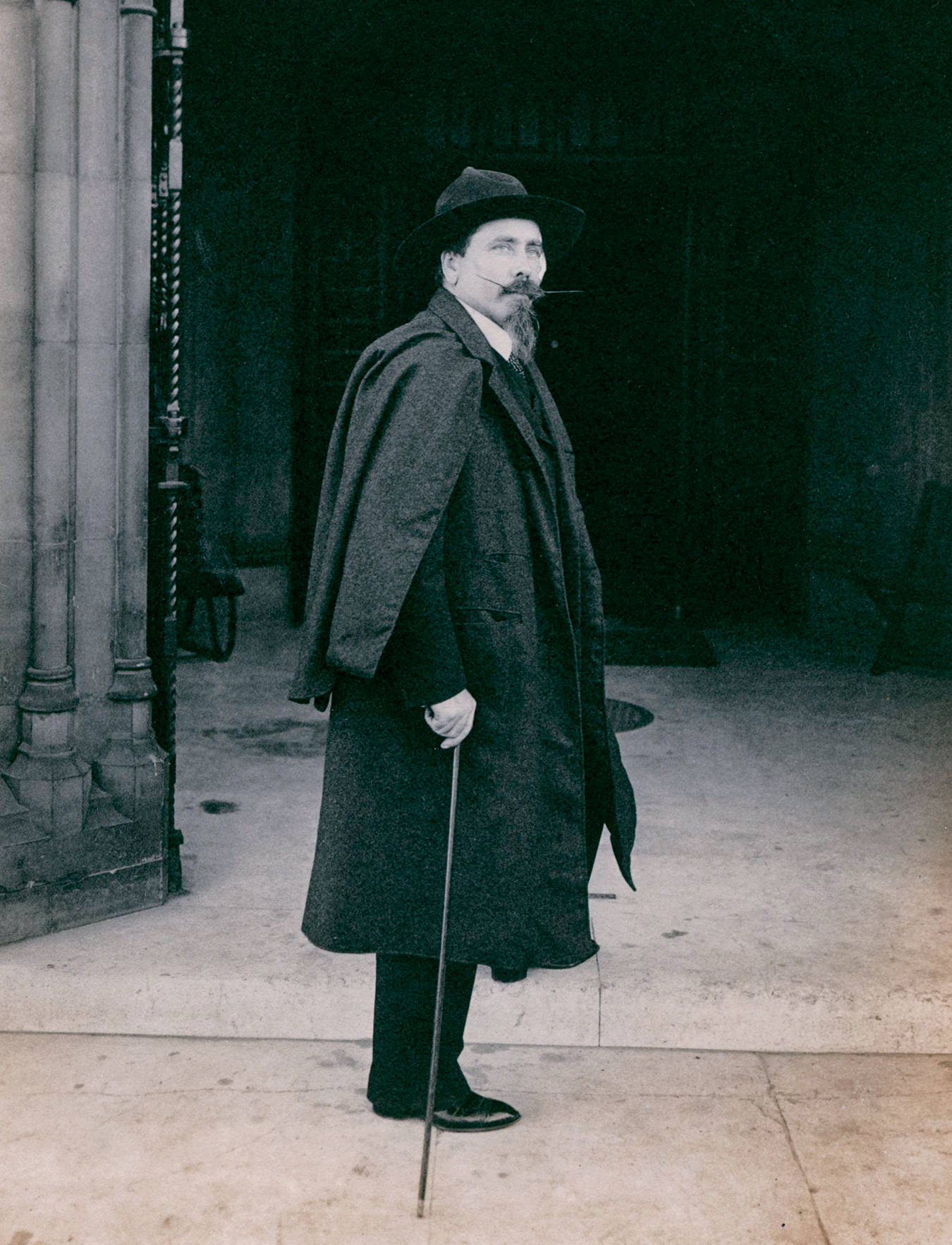
The greatest figure in the pioneer days of British aviation—the first person to take to the air in a motorized vehicle, and the holder of all the early flight records—was an American cowboy, a genuine Texas sharpshooter, horse wrangler, cowpuncher, and star of Wild West shows: Samuel Franklin Cody. He was the son of the great Buffalo Bill, and was dubbed Colonel Cody by King George V.
The fellow made quite a spectacle of himself in turn-of-the-century England on the stage, out in the streets and up in the air. Usually attired in buckskin, boots and a huge sombrero, with mustache waxed, he was always ready to spin a yarn of the cow trails and gambling dens in that fabled land west of the Mississippi. He’d bested Wyatt Earp at cards and Annie Oakley at trick shooting. Sam Cody had seen it all, including the horrendous deaths of his parents and siblings, wiped out in an Indian raid on the family homestead near Birdville, Texas. Nine-year-old Cody, who hid in the woodpile after being wounded in the leg, somehow managed to drag himself 10 miles to a doctor in Fort Worth.
It’s quite a tale. Fortunately, truth is not the major determinant of a good story. Nothing wrong with slinging the bull, but one must have a good grip on the animal.
He was actually born Franklin Samuel Cowdery in Davenport, Iowa, in 1867. His father was not a war hero, but a lazy no-account. Franklin went to work when he six, however, and claimed to have started riding before he started walking. That may have been true.
He is listed in the 1880 Davenport City Directory as being a horse trainer. A year after that, he saddled up and found work breaking horses in Montana. He was 14 by then.
He was befriended by an older wrangler named Jake Ross, a well-known cowboy and horse breaker who later toured the West riding bulls and broncos at fairs. In his memoirs, Ross wrote that the kid was an even better rider than he was: “In fact, he was the best I ever saw.”
By 1882, Cowdery had become a full-fledged cowboy on the newly established Long Drive from Texas to Montana. He was one of the infamous “hashknife cowboys”, named for a cattle brand in the form of the knife used to cut meat for hash. This was the group that began the archetypal myth of the wild life of the cowboy, that gun-toting, saloon-wrecking icon of the Wild West.
There are two components to Cody’s legacy: one is myth, and the other is skill and competence. He saw to the first, and the second was, evidently, inherent. A good cowboy had to be versatile, had to fix up the animals as well as the equipment. Cody could build and repair anything.
Ross remembers Cody spending his spare time practising trick roping. When asked why he was doing that, Cody replied, “Well, this way of life won’t last long. I may go into show business.”
He did go into show business. Exactly how it happened is not known, though his standard version of events seems as likely as any other. Cody said that Adam Forepaugh, a circus manager and entrepreneur in direct competition with P.T. Barnum, heard of his exploits and wired him to join his show at once. (Cody never explained exactly how Forepaugh had heard of him.) What is true is that one day he was cowboying in Texas under the name Frank Cowdery, and a few days later he was cowboying in Philadelphia under the name California Frank.
From the outset, he thrilled audiences with his fancy riding and impressive shooting. Before long, he changed his handle to Captain Cody. It was the enterprising Forepaugh who realized that his young cowboy looked just like a younger version of Buffalo Bill, another of his rivals. Forepaugh encouraged his charge to grow his hair and mustache and dress in buckskins, and also allowed as how there was a family connection between his Captain and the old showman Buffalo Bill.
In Norristown, Pennsylvania, in 1889, Cody married a local girl named Maud Lee, and soon incorporated her into his act with Forepaugh. Mainly what he did was shoot glass balls off Maud’s head with a pistol. They were on the road for two years until Forepaugh succumbed to the flu and his heirs sold off the show. The Codys then went to England, where the young man created a sensation in London with his flamboyant Western attire. He had posters printed advertising him and his wife as the son and daughter of Buffalo Bill Cody. Unfortunately, neither Sam nor the shows he was with realized that despite being a legend of the Old West, Buffalo Bill was litigiously modern.
Samuel Franklin Cody was the most daring adventurer in England, and a colourful character without peer.
Perhaps troubles over the lawsuit broke up their marriage. No one knows, but soon enough, Sam had another woman off whose head to shoot glass balls. She was Lela Davis, the daughter of a horse buyer, 10 years older than Sam and the love of his life. He accepted her several children and incorporated them into his shows. They toured Europe, where Cody made good money on the side by racing on horseback against bicyclists.
There is no record of him in England in 1898, so it may be true that he went to the Yukon in search of gold. Perhaps it is equally true that a Chinese cook in a Klondike camp taught him to fly a kite. This sparked an interest in Cody, and back in England he spent his free time away from the theatre attempting to send and keep aloft bigger and bigger kites. He began to ascend in chairs fastened to those kites, in constructions known as “man-lifting kites”.
In 1901, he patented a two-cell box kite with wings. Still called Cody’s Bat Kite, it is considered by many kite aficionados to be the most beautiful kite ever made. In 1903, he crossed the English Channel in a canvas boat towed by a large bat kite. In 1905, he rode one of his kites to a height of 3,500 feet. And two years later, a Cody-designed kite carrying him and two passengers set the world record for staying aloft: 3 hours and 25 minutes.
Cody became a hero. Journalists and children followed him everywhere. He was the most daring adventurer in England, and a colourful character without peer. It wasn’t long before he began to concentrate on powered flight and, in early 1908, was able to take off and stay in the air. On October 16, 1908, Cody made the first officially recorded instance of powered flight in Great Britain. His aircraft, called British Army Aeroplane No. 1, travelled 1,390 feet.
Cody had been under contract to the War Office to develop airplanes for the government, but soon after he made his pioneer flight, his contract was cancelled. The Secretary of State for War declared there was no future for the use of aircraft.
So without army sponsorship, Cody had to raise his own money, build planes in rented sheds, and use farmers’ fields for landing and taking off. In 1909, he became the first pilot to carry a passenger, and made a world-record flight of 1 hour and 3 minutes.
King George V began to frequent Cody’s flying exhibitions, and the cowboy aviator got in the habit of landing his plane just a few feet from the monarch. Although he was criticized for this in the press, the king loved it and pronounced him Colonel Cody.
In the few years left to him, Cody took part in various flying tests and challenges, and won them more often than not. Unlike his famous competitors—Delagrange, de Havilland, Sopwith, Blériot, Santos-Dumont—he had no sponsorship. Cody and his family lived on the money he earned.
Cody also invented the seaplane. On August 7, 1913, while trying out the new plane on a practice run for a future attempt to cross the Atlantic Ocean, the plane broke in half over Laffan’s Plain and Cody fell 300 feet to his death.
Over 150,000 mourners showed up in Aldershot for the old cowboy’s funeral.
For days, the newspapers ran stories about him. Some of the journalists decided to research his background, and found that Cody hadn’t married Lela and, in fact, still had a wife in Pennsylvania; Maud had joined a trapeze act after splitting up with Cody and suffered a fall that caused her to be what was called “addle-brained”. She was alert enough, however, to tell reporters “… hell, his name wasn’t Cody.”
When it became known that the great hero was a man from Iowa named Cowdery, it didn’t seem to matter one bit because by then it wasn’t true. He had been Colonel Cody, and would be Colonel Cody forever. Sam always did have a good grip on the bull.
Photo by Sir (John) Benjamin Stone. From the National Portrait Gallery, London.





